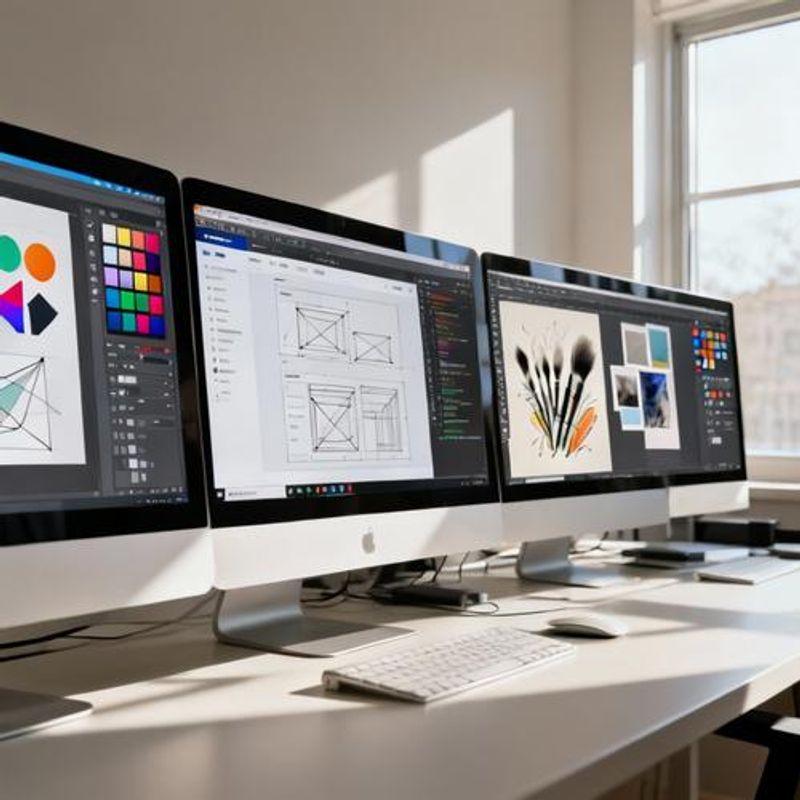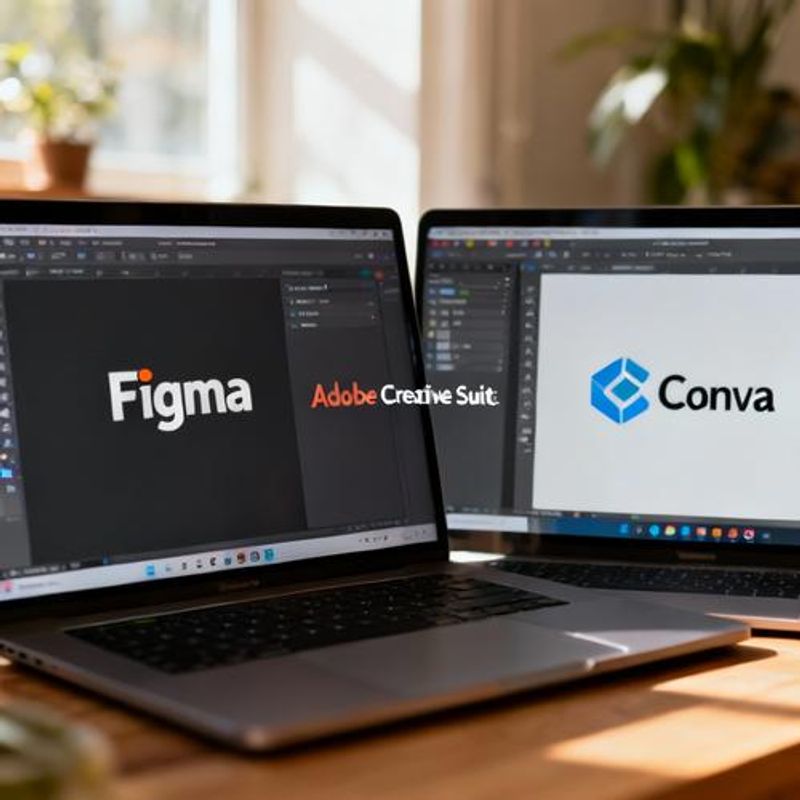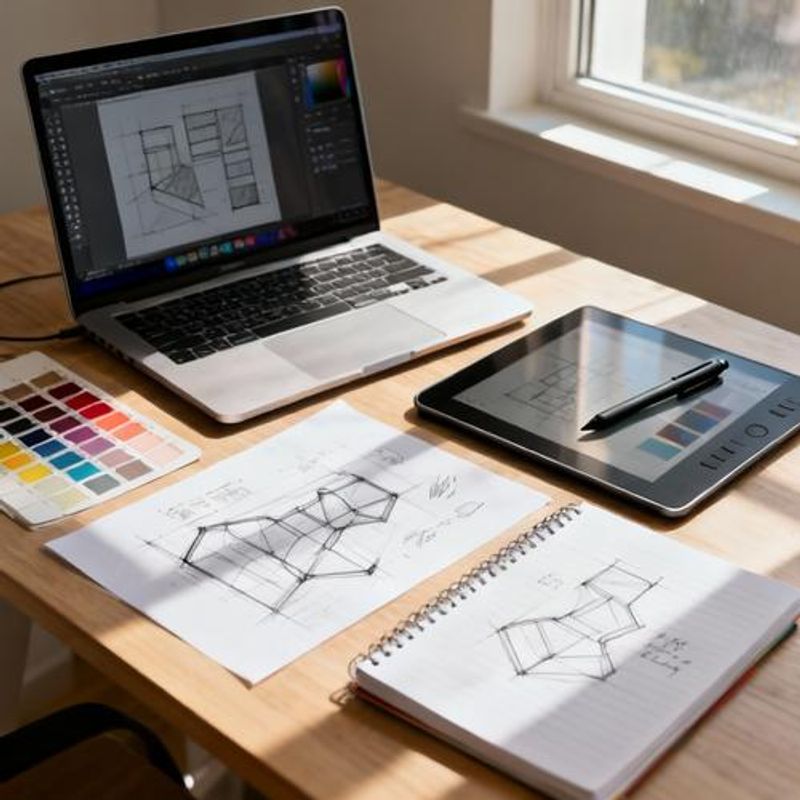12 Best Design Tools for Beginners: Essential Software Every Design Student Needs in 2024

Starting your design journey feels overwhelming when faced with hundreds of software options, each claiming to be essential. As a design student or beginner, you need tools that won't break your budget, have a manageable learning curve, and actually help you create professional-quality work. This comprehensive guide cuts through the noise to present the 12 best design tools that successful designers recommend for beginners, organized by design discipline and skill level.

Why Tool Selection Matters for Design Beginners
The design tools you choose as a beginner directly impact your learning speed, creative output, and future career prospects. Many students make costly mistakes by either choosing overly complex professional tools that frustrate their learning process, or settling for basic tools that limit their growth potential. Industry surveys show that 73% of design students struggle with tool selection, often switching between multiple platforms before finding their workflow. The key is finding tools that balance functionality with usability, offering room to grow while remaining accessible to newcomers.
Quick Reference: Best Design Tools by Category
Here's your instant roadmap to the best design tools, organized by what you need to accomplish:
- Graphic Design Essentials: Canva (beginner), Adobe Illustrator (intermediate), Affinity Designer (budget-friendly)
- UI/UX Design Leaders: Figma (collaborative), Adobe XD (comprehensive), Sketch (Mac-focused)
- Photo Editing Must-haves: Adobe Photoshop (industry standard), GIMP (free alternative), Photopea (browser-based)
- 3D and Motion: Blender (free powerhouse), Cinema 4D (beginner-friendly), After Effects (motion graphics)

Graphic Design Tools: Building Your Visual Foundation
Canva stands out as the perfect starting point for design beginners. Its drag-and-drop interface removes technical barriers while teaching fundamental design principles through built-in templates and suggestions. The platform offers over 250,000 templates and integrates seamlessly with social media platforms, making it ideal for students building portfolios across multiple channels. Adobe Illustrator represents the next step up, offering vector-based design capabilities essential for logo creation, print design, and scalable graphics. While the learning curve is steeper, mastering Illustrator opens doors to professional opportunities and client work. For budget-conscious students, Affinity Designer provides 90% of Illustrator's functionality at a fraction of the cost, with a one-time purchase model instead of subscription fees.
UI/UX Design Platforms: Designing Digital Experiences
Figma has revolutionized UI/UX design with its browser-based, collaborative approach. Students can work on projects from any device, share designs instantly with classmates or instructors, and access a vast community of free resources and plugins. The real-time collaboration features make it perfect for group projects and design critiques. Adobe XD offers a more comprehensive ecosystem, integrating with other Adobe products and providing advanced prototyping capabilities. Its voice prototyping and auto-animate features help students create more sophisticated interactions. Sketch, while Mac-exclusive, remains popular in many design studios for its symbol system and extensive plugin marketplace, making it valuable for students targeting agency or startup environments.
Essential Learning Path and Tool Combinations
Start with Canva for basic graphic design principles and Figma for digital design concepts. This combination provides immediate creative satisfaction while building fundamental skills. After 2-3 months, introduce one Adobe product based on your interests: Photoshop for photo manipulation, Illustrator for vector graphics, or XD for advanced prototyping. Supplement with free tools like GIMP or Inkscape to understand different approaches to similar problems. Advanced students should explore Blender for 3D skills and Webflow for no-code web design, as these skills are increasingly valuable in the job market.

Common Beginner Mistakes to Avoid
Many students fall into the trap of collecting too many tools without mastering any single one. Focus on becoming proficient in 2-3 core tools before expanding your toolkit. Another frequent mistake is choosing tools based on online hype rather than actual project needs and career goals. Avoid jumping straight into professional tools like Cinema 4D or Advanced Photoshop techniques without understanding basic design principles. Finally, don't neglect the importance of file organization and version control - establish good habits early with tools like Google Drive, Dropbox, or Git for design versioning.
Start Building Your Design Toolkit Today
The best design tools are the ones you'll actually use consistently. Start with free options like Figma and Canva to build confidence and identify your design interests. As you develop skills and define your career direction, invest in professional tools that align with your goals. Remember that tools are just instruments - your creativity, problem-solving skills, and design thinking matter more than having the latest software. Create a learning schedule, join design communities, and start building projects immediately. Your future design career begins with the first tool you open today.